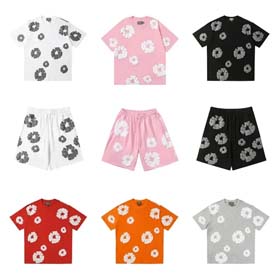Clustering Analysis of Superbuy Purchasing Agent User Data in Spreadsheets and Personalized Service Strategy Development
Introduction
In today's competitive e-commerce landscape, understanding customer behavior and preferences is crucial for staying ahead. For Superbuy, a leading purchasing agent platform, leveraging user demand data—such as product categories, brand preferences, and budget ranges—can unlock valuable opportunities for personalized service delivery. By applying clustering analysis in Spreadsheets, we can segment users into distinct groups and tailor strategies to enhance satisfaction and loyalty.
Data Collection and Preparation
The foundation of this analysis is the extraction of user demand data from Superbuy's database, focusing on variables like:
- Product categories (e.g., electronics, fashion, health products)
- Brand preferences (e.g., luxury, budget-friendly, niche)
- Budget ranges (low, mid, high)
- Purchase frequency and seasonal trends
This data is then cleaned, formatted, and imported into a spreadsheet (e.g., Google Sheets or Microsoft Excel) for structured clustering analysis.
Clustering Analysis in Spreadsheets
Using built-in spreadsheet functions (e.g., data sorting, conditional formatting) or add-ons like XLSTAT, we implement k-means clustering or hierarchical clustering to identify patterns. Key steps include:
- Feature Scaling:
- Algorithm Selection:
- Cluster Validation:
- Algorithm Selection:
Example output clusters might resemble:
| ClusterUser Traits |
|---|
| 1Electronics enthusiasts, premium brands, high budgets |
| 2Fashion-focused, budget-conscious, frequent buyers |
| 3Health product buyers, moderate budgets, brand-agnostic |
Personalized Service Strategies
Customized approaches are formulated per cluster:
- Cluster 1 (Premium Electronics):
- Cluster 2 (Fashion Bargain Hunters):
- Cluster 3 (Health-Conscious):
- Cluster 2 (Fashion Bargain Hunters):
Implementing these strategies requires integrating the cluster data into Superbuy's CRM system for automation (e.g., targeted emails).
Conclusion
Cluster analysis enables modern SCF solutions.Identifying demand trends and tailoring services through clustering analysis can significantly boost engagement and revenue.



















